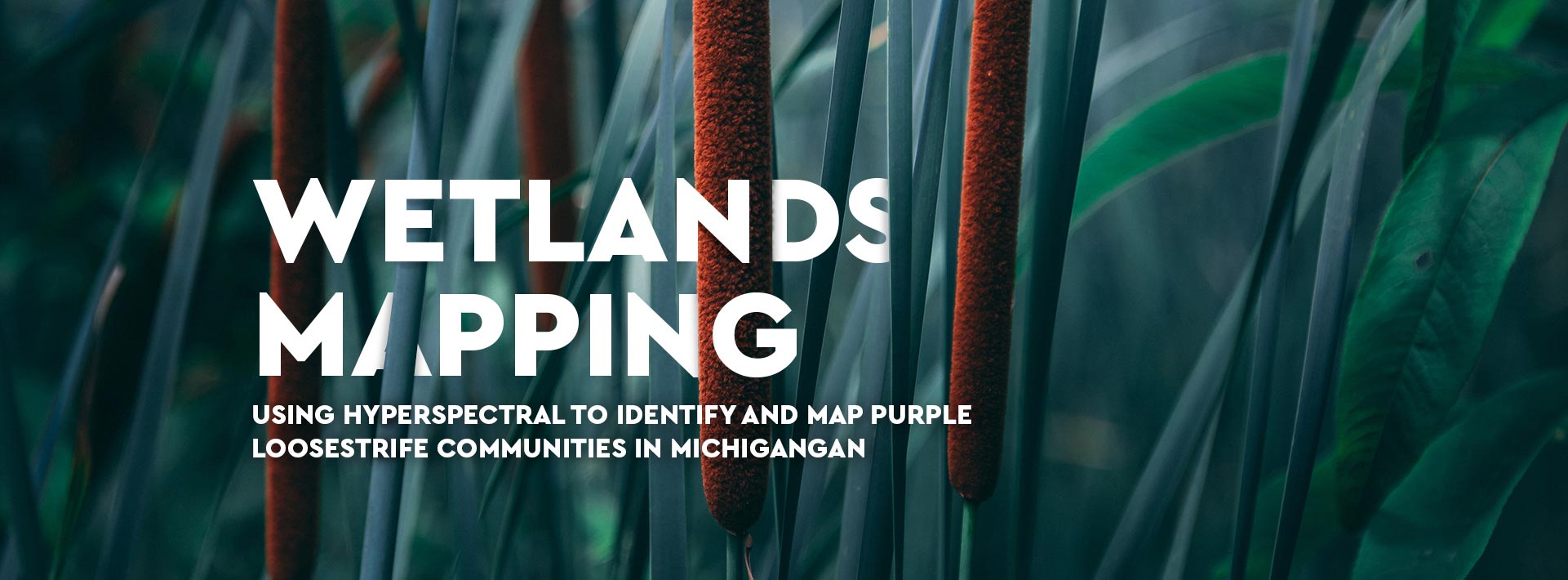

Federal and state transportation departments need to know the location and extent of wetlands prior to new highway construction. A mapping project utilizing airborne hyperspectral CASI imagery and Lidar conducted in central North Carolina was used to design a “fast track” technique of regional wetland mapping. The project was funded by the US DOT Special Projects Research Administration Technology Application Project (TAP) with funding and support also provided by the North Carolina Department of Transportation (NCDOT).
PROJECT DETAILS
Wetlands are defi ned by vegetation species, functioning hydrological regime, and presence of anaerobic (“hydric”) soil. Airborne remote sensing provided the DOT with information on these criteria at the meter and centimeter-level.
CASI imagery and Lidar were collected over an area in Randolph County, NC in 2000 by ITRES and EarthData International, respectively. A wetland biologist conducted coincident ground surveys. Deliverable map products were produced from the combined analysis of:
- Hyperspectral CASI-derived vegetation maps;
- Lidar-derived hydrology (elevation & drainage);
- Hydric soil locations from pre-existing soils maps.
Sites with indicators from all three sources have a high probability of being a wetland. Results from this analysis were favorably compared to ground surveys and existing National Wetland Inventory (NWI) maps.
DATA FUSION AND ANALYSIS
The results from the combined analysis compared favorably with previous NWI and ground surveys. The use of remote sensing data can greatly reduce the amount of fieldwork required in environmental minimization studies while providing a multi-use dataset and a regional overview of a large area.
PROJECT DETAILS
- Hyperspectral CASI Fused with Lidar
- 60 cm and 1m Hyperspectral Resolution
- Know Where the Wetlands are:
- Avoid or Minimize Negative Impacts
PROJECT DETAILS
- U.S. Department of Transportation
- N.C. Department of Transportation
- EarthData International
- ITRES Inc.
- Mississippi State University, National
- Consortium for Remote Sensing in
- Transportation Environmental
- Assessment (MSU NCRST-E)


